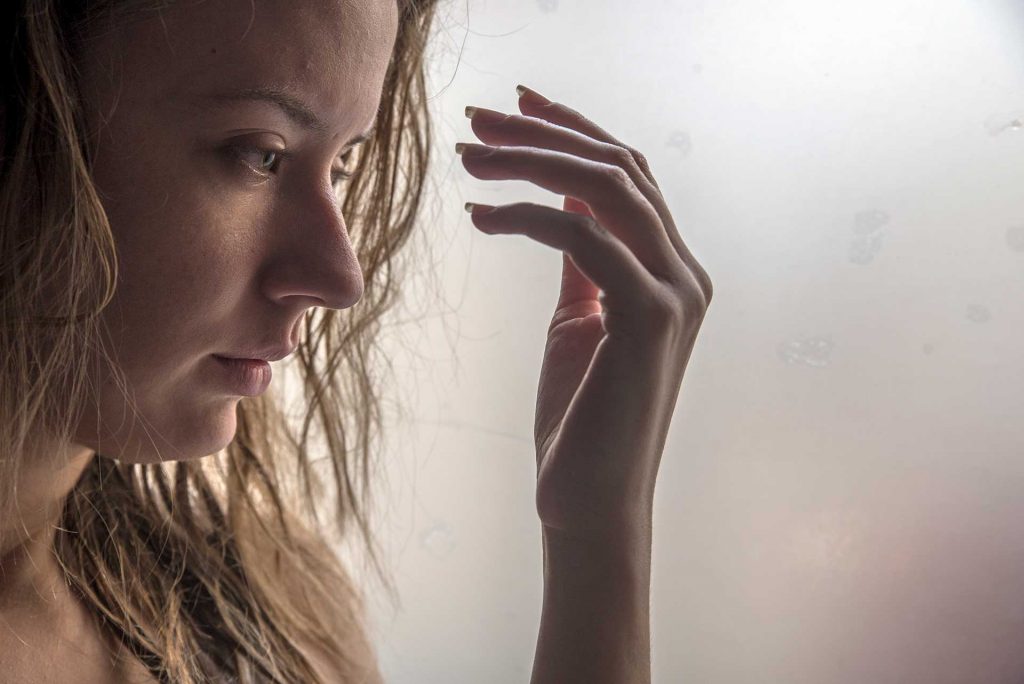Hair loss in women: just a cosmetic concern?
We usually hear about men going bald. But hair loss doesn’t only affect men – it happens to women as well.
Hair loss in women could be due to:
- female pattern balding/hair loss
- hair loss from underlying medical conditions
- hair loss from medical treatments
Let’s take a closer look at women’s hair loss.

Hair loss in women
Female-pattern balding is the most common type of hair loss in women. Almost half of all women will experience it to some degree. It often becomes more noticeable after menopause.
What is female-pattern balding?
Like male pattern baldness (androgenetic alopecia) it’s a term for hair loss and thinning in women. It’s usually genetically inherited from either (or both) parents.
Unlike men, though, hair loss and thinning follow a different pattern. You may notice:
- thinning of hair all over the scalp
- shrinking hair ponytail
- widening of your part at the scalp
- thinning at the frontal hairline or temples
- increase in hair shedding
Some women will shed hair in bursts — losing more hair for a few months — and then shedding less for a longer period in between.
Causes of hair loss in women: medical conditions
Some hair loss in women could be caused by an underlying medical problem.
Polycystic ovary syndrome is a condition where the ovaries produce abnormally high levels of male hormones. It is these hormones that can lead to hair loss.
Certain medicines can cause hair loss or hair thinning.
Types of hair loss treatment for women
If you are experiencing symptoms, you should speak to a doctor to find out the right treatment for you. You can request a telehealth consultation with one of our Australian-registered doctors from anywhere in Australia, seven days a week.
© InstantScripts
Level 8 / 637 Flinders St.,
Docklands VIC 3008

